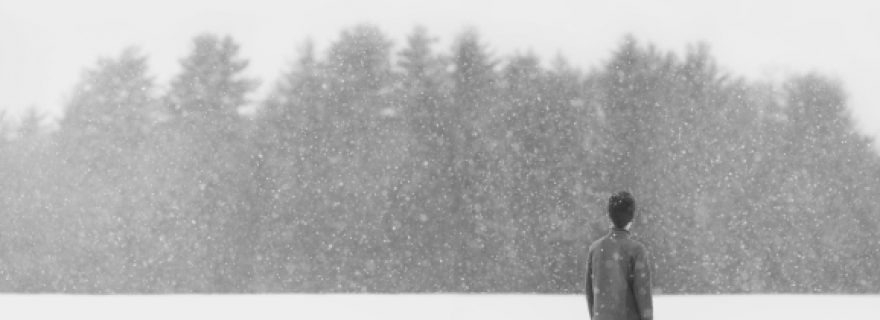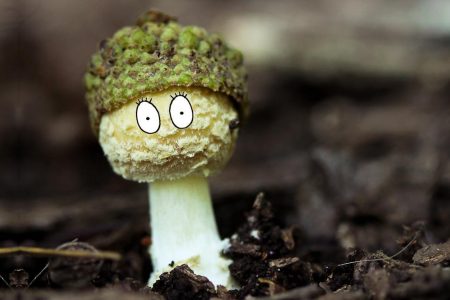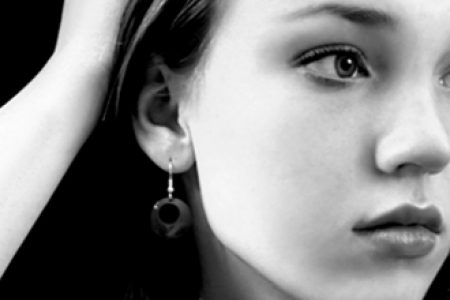Winter blues?
Depressed people report seeing the world as “dim, and lacking in color”. Is this a nice figure of speech, or a real perceptual shift? We investigated this question, particularly relevant now that the days are getting shorter and shorter…
Winter is coming! Dark when you get up, dark when you go home from work. Just yesterday I arrived at work soaking wet from the rain. When you think about it, it’s surprising that we do not all suffer from winter depression. People suffering from this type of depression (or more correctly depressive disorder with a seasonal pattern) often report feelings of sadness, social withdrawal, and a lack of energy during winter. It is hypothesized that such episodes are caused by the smaller amount of sunlight during winter. This theory is supported by the effectiveness of light therapy for the treatment of this disorder, and the observation that there is a higher prevalence of winter depression at northern latitudes, where there is even less sunlight during winter.
It is clear that there is a relation between light and mood: low light seems to cause a negative mood. But there might be another way in which light and mood affect each other. Depressed people, more than healthy people, report that they experience their surroundings as “dim, lacking in color and brightness”. A group of enthusiastic undergraduate students and I investigated this claim, curious to know whether such expressions should be taken as a figure of speech or a true perceptual shift.
We induced a positive or negative mood in healthy participants by showing them happy or sad video clips. While in this mood, participants had to perform a simple reaction time task by responding to stimuli appearing on a computer screen. Without warning them beforehand we asked participants to report the color of the stimulus after having completed the task by having them click on a computer screen displaying several shades of colors.
During preliminary analyses, we found that participants who were in a sad mood thought that the stimulus was darker in color than it was in reality, while happy participants were more accurate in assessing stimulus brightness. We also asked questions about stimulus color saturation, and found that participants had no significant bias when reporting stimulus saturation. This finding appears to confirm the hypothesis that people in a sad mood indeed have a perceptual tendency to view the world as darker than it really is, though perhaps not much grayer. A larger study using a clinically depressed group of participants is planned for next year. Maybe the next time we complain about it being dark and gray outside, we should ask ourselves if we’re not being fooled by our perception...





